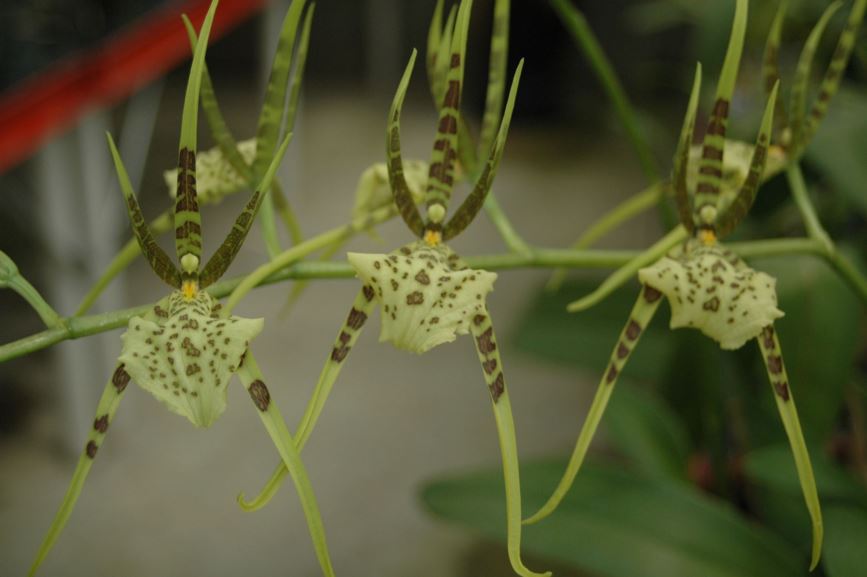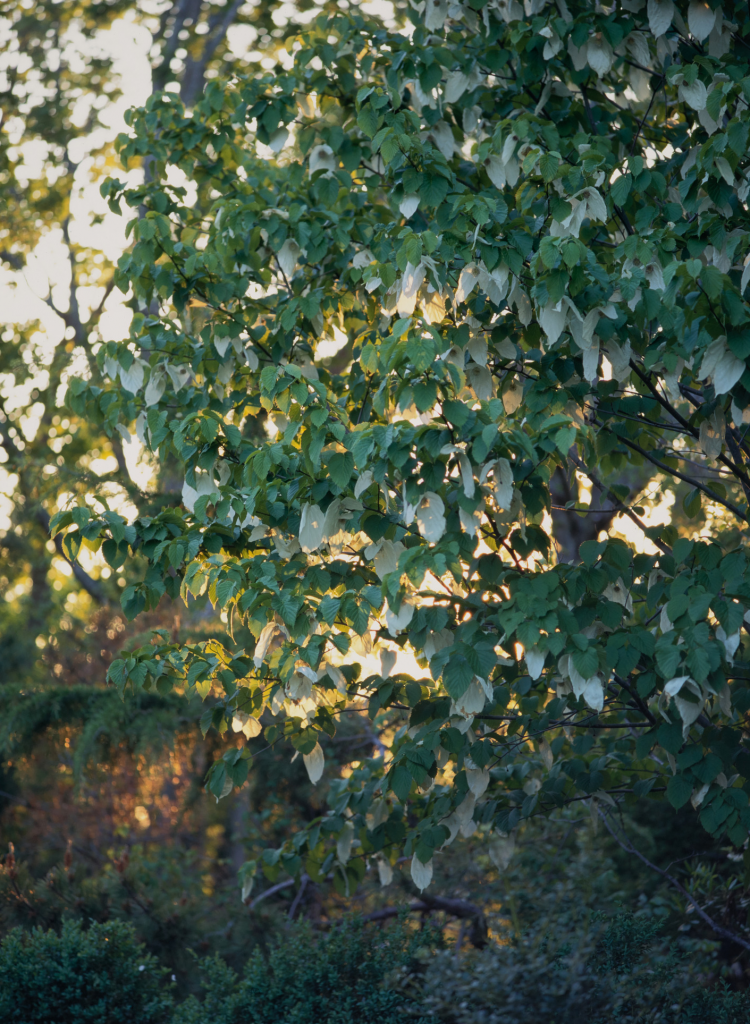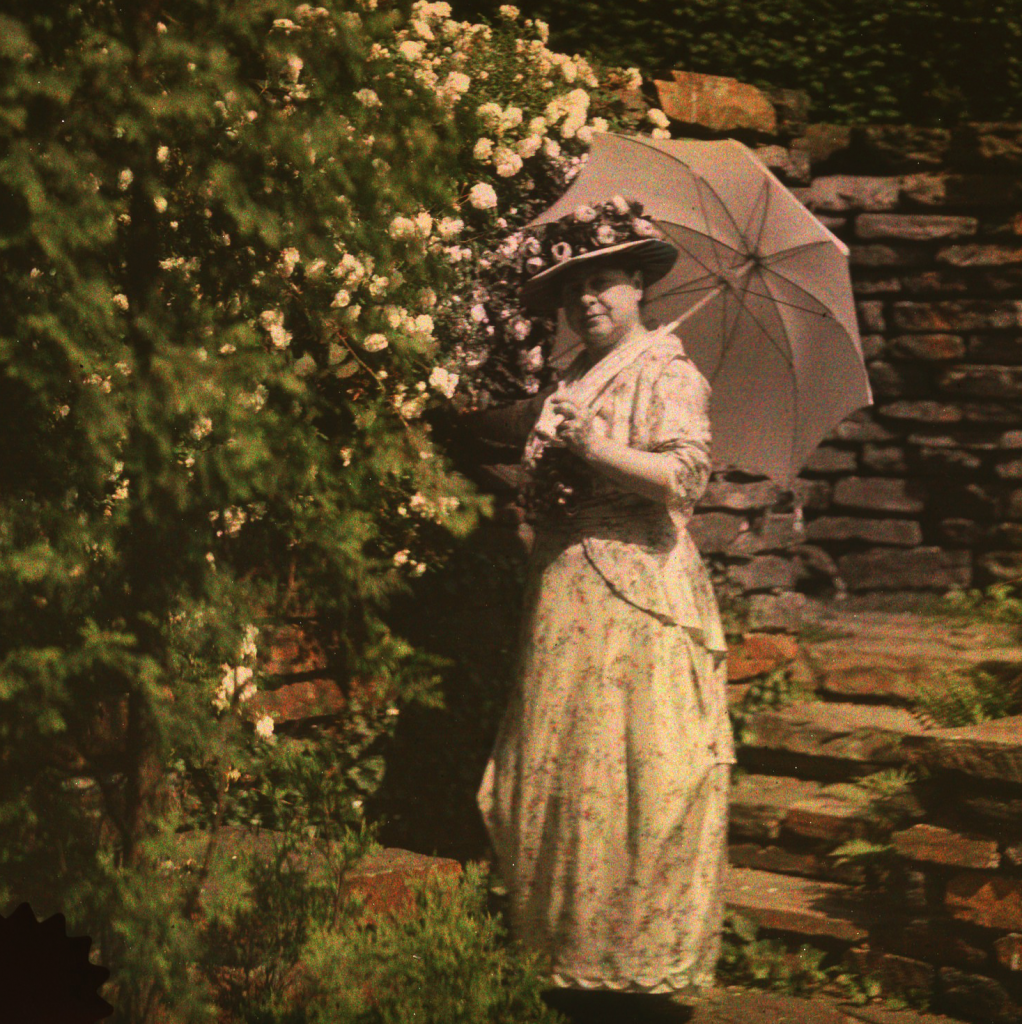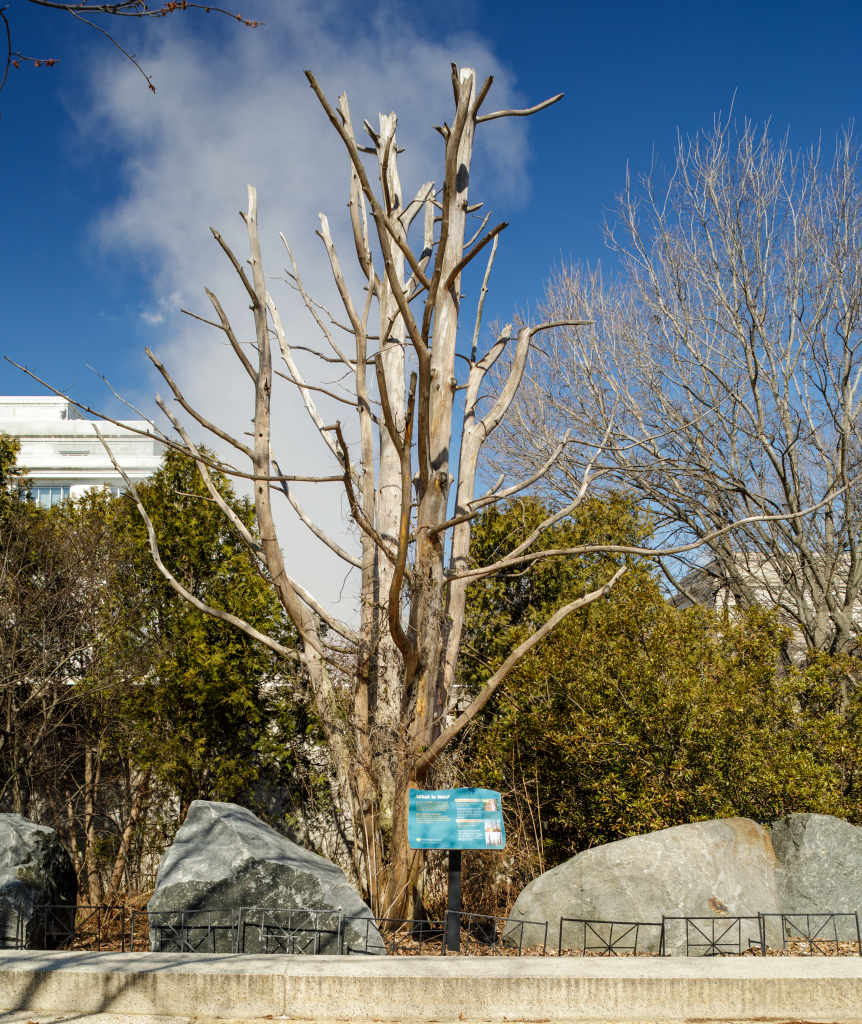Top 5 Spookiest Things in the Smithsonian Gardens Collections
Halloween is here! Here are the top five spookiest things floating around Smithsonian Gardens:
Spider Orchid

The spotted spider orchid (Brassia maculata) uses tricks and treats to get what it wants: pollination. To spider-hunting wasps this orchid looks so much like an arachnid that female wasps will actually land on the flower lips and try to sting them, hoping to paralyze the “spider” and lay their eggs inside. But the orchid’s leggy looks are a lure: right on the lip is where the pollen sits, and when the wasps fly off they carry that pollen to the next orchid flower.
Skeleton Leaves

Photographs of skeleton leaves haunt the Smithsonian’s Archives of American Gardens. Ladies of the late 1800s cleaned and bleached plant matter to use as gifts, decorations, and even hair ornaments. How-to articles and books circulated to help readers become “skeletonizers” and build “phantom bouquets.”
Ghost Tree

In the Enid A. Haupt Garden outside the Smithsonian Castle, the long white leaves surrounding the flowers of a ghost tree flutter and tremble in the breeze like spooky spirits. A native of southwest China, Davidia involucrata is also known as the dove tree or handkerchief tree. Stop by the garden in mid-spring to witness the ghostly blooms.
Phantom Gardener

Why is this woman white as a sheet? This image from the archives, taken in the 1910s, seems to capture a garden ghost. In reality, the glass that the image appears on is coated in layers of starch and emulsifier that produce color when exposed – coated everywhere, it seems, but the middle right. The phantom figure is socialite and wildflower activist Luella Bouton in her home garden, Rusty Rocks, in Baltimore, Maryland.
Zombie Pine

The creepy old snag outside the National Museum of Natural History is dead… yet alive! This lacebark pine (Pinus bungeana) died in 2013. But like other “dead” trees in the wild, the pine lives on. It’s a perch for hawks and eagles, a roosting place for woodpeckers and other small birds, and a thriving home for bugs and creepy crawlers.
